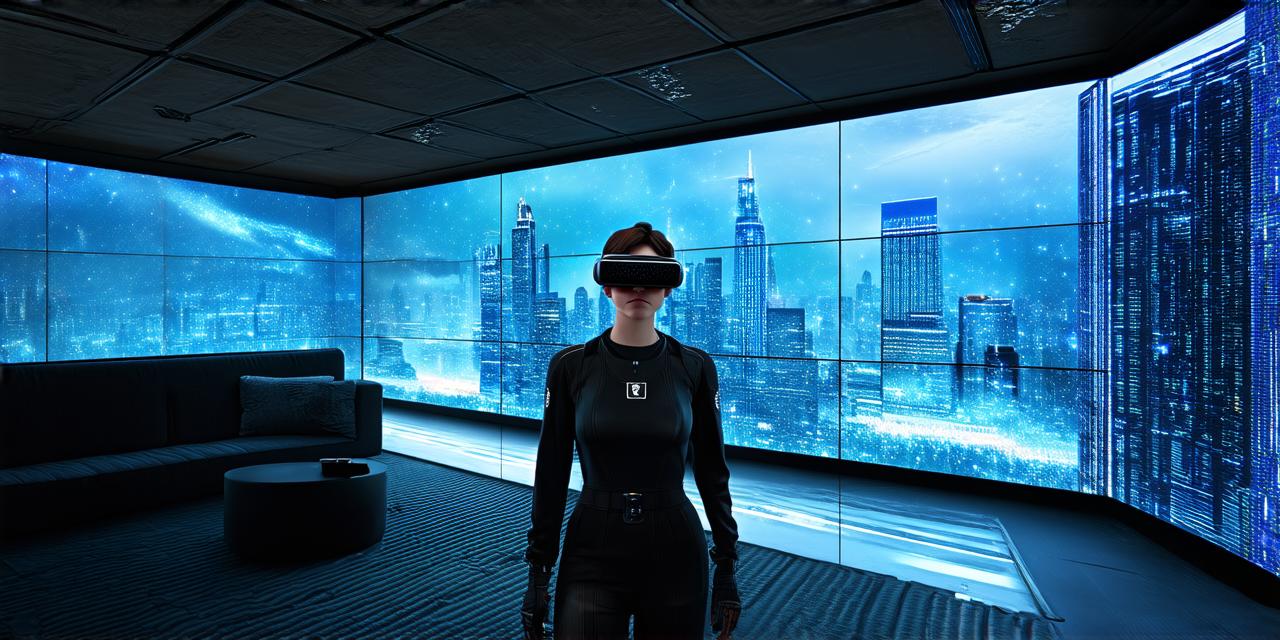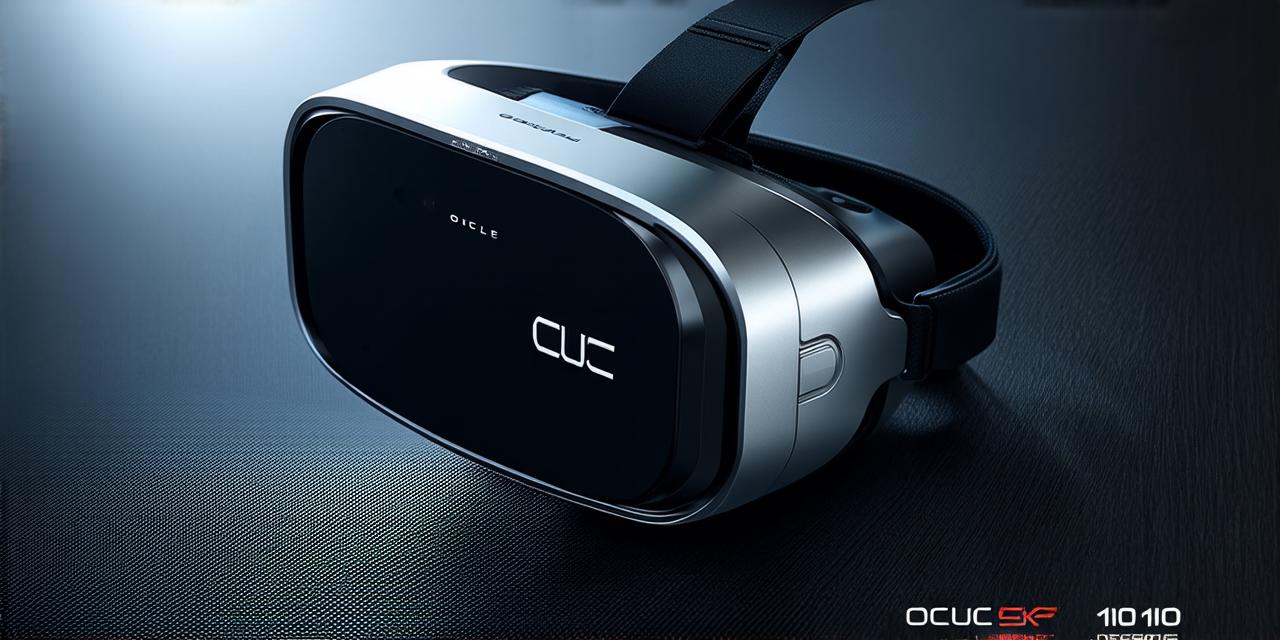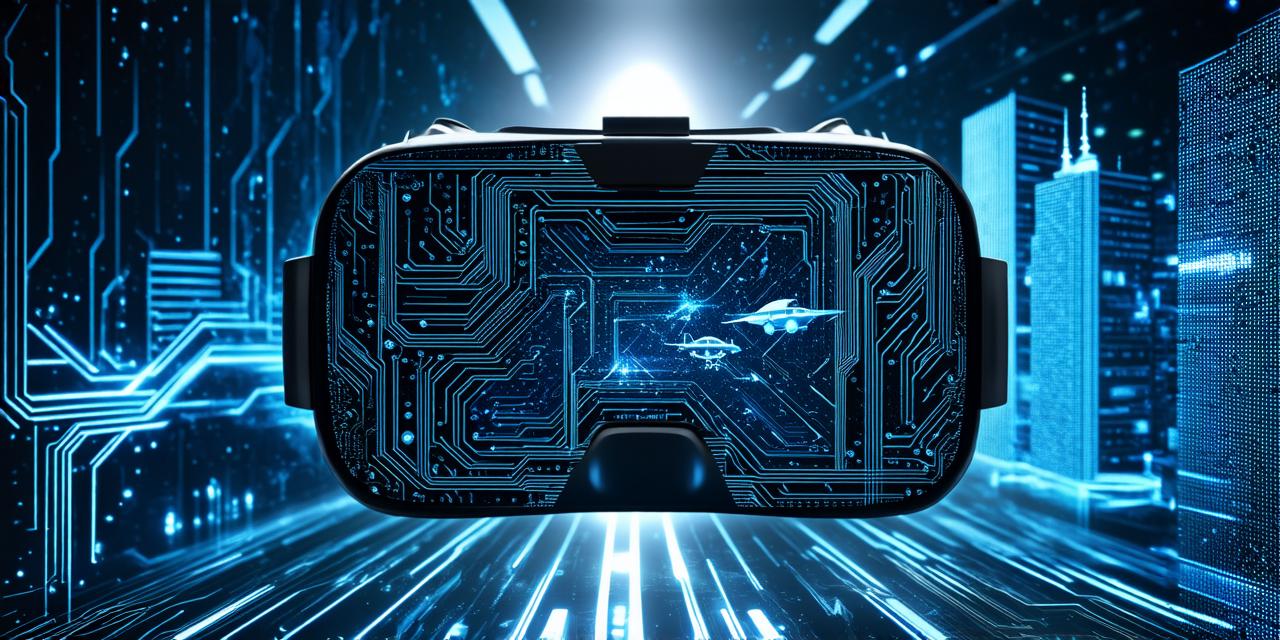Hardware Limitations
One of the primary limitations of VR is the hardware required to create and experience it. Currently, the most high-end VR systems require powerful computers, high-resolution displays, and specialized peripherals such as headsets, gloves, and sensors. This can make VR expensive and inaccessible to many people. The high cost of VR hardware limits its adoption in different industries, particularly healthcare, education, and small businesses.

Motion Sickness
Motion sickness is another common problem associated with VR. When a person experiences virtual reality, their brain receives conflicting signals from their eyes and inner ear, leading to nausea, dizziness, and other symptoms. While motion sickness can be reduced by adjusting the refresh rate of the display or using anti-nausea medication, it is still a significant challenge for some users. Motion sickness can affect people who are susceptible to motion sickness in real life and may also cause negative effects on their health.
Limited Field of View
The field of view in VR is another limitation. Currently, most VR headsets have a maximum field of view of 100 degrees, which can be limiting when trying to experience a wide range of views. Additionally, the limited field of view can make it difficult for users to interact with objects that are outside their immediate surroundings. This limitation can affect industries such as healthcare, education, and gaming, where a broader field of view is essential for effective interactions.
Lack of Social Interaction
While VR has the potential to provide immersive social experiences, it is still in its early stages. Currently, most VR systems lack the ability to facilitate real-time communication and collaboration between users. This can make it difficult for people to connect with others in virtual environments. The lack of social interaction can affect industries such as gaming, education, and healthcare, where social interactions are essential for effective learning and therapy.
Ethical Concerns
There are also ethical concerns surrounding VR that need to be addressed. For example, some have raised concerns about the potential for addiction to virtual reality, particularly among vulnerable populations such as children and individuals with mental health issues. Additionally, there are concerns about privacy, security, and data protection in virtual environments. These ethical concerns can affect the adoption of VR technology in different industries.
Limitations of Virtual Reality vs. Augmented Reality
While VR and augmented reality (AR) are related technologies, they have different limitations. One major difference is that AR allows users to view the real world through a digital overlay, while VR creates a completely immersive virtual environment. As a result, AR has the potential to be more accessible and affordable than VR.
Limitations of Virtual Reality in Gaming
Virtual reality has been most popularly associated with gaming, but it also has limitations when used for this purpose. For example, many games are not optimized for VR, which can lead to motion sickness and a less immersive experience. Additionally, some games may not be compatible with certain VR systems, limiting the range of options available to users.
Limitations of Virtual Reality in Healthcare
Virtual reality has shown great potential for healthcare, particularly in the areas of therapy and training. However, there are still limitations to its use in this field. For example, some patients may not be able to tolerate the motion sickness associated with VR, making it difficult for them to receive therapy in a virtual environment. Additionally, some healthcare professionals may not be trained to use VR technology effectively, limiting its potential impact.
Limitations of Virtual Reality in Education
Virtual reality has the potential to revolutionize education by providing immersive learning experiences that can enhance understanding and retention. However, there are still limitations to its use in this field. For example, some students may not be able to tolerate the motion sickness associated with VR, making it difficult for them to learn effectively. Additionally, the lack of social interaction can affect the effectiveness of virtual learning environments.
Conclusion
In conclusion, virtual reality technology has various limitations that make it less effective in certain situations. The hardware requirements, motion sickness, limited field of view, lack of social interaction, and ethical concerns are just a few of the challenges that need to be addressed as VR continues to evolve. By understanding these limitations and working to overcome them, we can ensure that virtual reality technology reaches its full potential and provides immersive experiences that benefit different industries.




